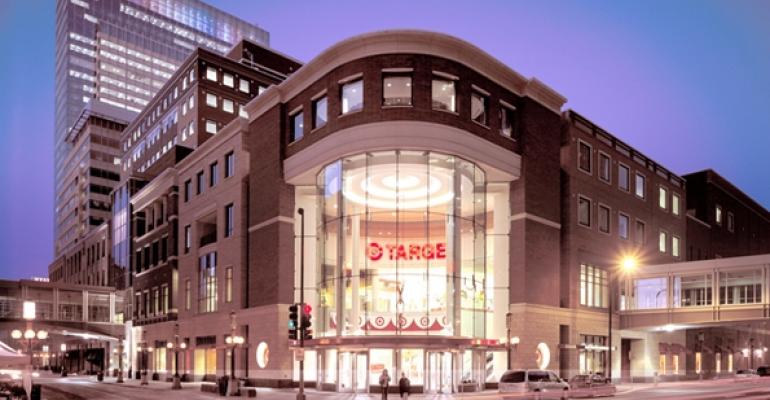
Minneapolis may have been hit by downsizing at two of its largest companies recently, with 400 jobs to be cut at Best Buy and Supervalu selling off much of its business to Cerberus Capital Management, but the Twin Cities office market shouldn’t face too much change due to its diversification.
The 127-million-sq.-ft. office market is buoyed by a mix of employers, including the headquarters for Target Corp., which employs about 30,000 workers in Minneapolis. State and local government top the employment roster, as well as the University of Minnesota, but the region is also protected by the expanding health care sector, which hosts the Mayo Clinic, the headquarters of UnitedHealth Group Inc. and a number of smaller hospitals and clinics.
Best Buy and Supervalu, the third and fourth largest companies in the region in terms of dollar value, have experienced difficulties rebounding from the recession. The electronics retailer recently announced it would lay off 400 employees at its headquarters at 7601 Penn Ave. S. in Richfield, Minn., and plans to commit to more reductions throughout the year, with a goal of “gradually optimizing the U.S. real estate portfolio,” according to Hubert Joly, president and CEO, in Best Buy’s fourth quarter report released March 1. Supervalu is selling off a large portion of its grocery chains, holding onto only its Save-A-Lot brand, its distribution operations and five regional chains, including Cub Foods.
John McCarthy, a local office broker with Cushman & Wakefield/Northmarq, says there will likely be a small ripple effect through the market because of the two firm’s troubles. “We’re seeing some of Supervalu’s vendors backing off from wanting to be as close as possible to the company’s headquarters here, and we know that Best Buy has put up part of its 1-million-sq.-ft. campus up for sublease,” he says. “We thought rightsizing might have been over by now, but obviously it’s not.”
However, since Minneapolis isn’t built on just one major industry, the city’s relatively small office market still has one of the highest per capita amounts of Fortune 500 firms. The Twin Cities office market posted nearly 1 million sq. ft. of positive absorption in 2012, a number it hasn’t seen since before the recession. Vacancy is running at about 16.1 percent, down from 16.7 percent at year-end 2011. It’s still a tenant’s market overall, but there has been a rush to high-end office space, leaving the class-A market at 12.9 percent vacant. There is little speculative development outside of the Ackerberg Group’s MoZaic building in the Uptown district, so a landlord’s market could emerge by the end of 2013.
“Tenants are figuring out ways to take less square feet, so they can upgrade,” McCarthy says. “At some point we should see the occupancy trickle down to class-B space.”

